

Articles
How Many #4 Wires In A 1 Inch Conduit
Modified: August 26, 2024
Find out how many #4 wires you can fit in a 1 inch conduit with this informative article! Learn about conduit sizing and wire capacity.
(Many of the links in this article redirect to a specific reviewed product. Your purchase of these products through affiliate links helps to generate commission for Storables.com, at no extra cost. Learn more)
Introduction
An electrical conduit is a protective pipe or tubing used to route and protect electrical wires and cables. It plays a crucial role in ensuring the safety and functionality of electrical systems. When it comes to selecting the right conduit for a specific project, understanding the capacity and limitations of different conduit sizes is important.
In this article, we will explore the topic of how many #4 wires can fit in a 1 inch conduit. We will delve into the characteristics of #4 wires, discuss conduit sizes and capacities, and provide a step-by-step guide to calculating the number of #4 wires that can be installed in a 1 inch conduit. Whether you are a homeowner, an electrician, or simply interested in electrical systems, this article will provide valuable insights into conduit sizing and wire capacity.
Key Takeaways:
- Understanding the capacity of a 1 inch conduit is crucial for safe electrical installations. Calculating the maximum number of #4 wires involves considering wire size, conduit fill, and other factors to ensure compliance with regulations.
- #4 wires are ideal for heavy-duty electrical applications, but proper conduit sizing is essential. By following a step-by-step process, you can determine the maximum number of #4 wires that can fit in a 1 inch conduit, ensuring a safe and efficient installation.
Read more: How Many Wires In A 3/4 Inch Conduit
Understanding #4 Wires
#4 wires refer to electrical wires that are sized according to the American Wire Gauge (AWG) system. The AWG system is used to standardize the sizes of electrical wires, with larger numbers indicating smaller wire sizes. In the case of #4 wires, they have a gauge size of 4, making them relatively large and capable of carrying high electrical currents.
#4 wires are typically used for various applications that require heavy-duty electrical wiring. They are commonly used for installations that involve large appliances, such as electric water heaters, air conditioners, and ranges. These wires are designed to handle the high electrical load required by these appliances and provide a stable and reliable electrical connection.
The diameter of a #4 wire is approximately 5.189 millimeters or 0.204 inches. This diameter is important to consider when determining the number of wires that can fit within a conduit, as it will affect the available space and wire capacity.
In addition to their size, #4 wires are typically made of copper, which is a highly conductive material. Copper wires offer excellent electrical conductivity and are durable, making them a popular choice for many electrical wiring applications. However, it’s important to note that the material and insulation type of the wire also impact its overall size and flexibility, which can affect the number of wires that can fit in a conduit.
Now that we have a basic understanding of #4 wires, let’s move on to discussing conduit sizes and capacities. Understanding the conduit’s capabilities is essential to ensure proper wire installation and avoid overloading the electrical system.
Conduit Sizes and Capacities
Conduits come in various sizes to accommodate different wiring needs. The size of a conduit refers to its internal diameter, which determines the maximum number and size of wires that can be installed inside it. It’s important to select the appropriate conduit size to ensure proper wire installation and prevent overcrowding, which can lead to overheating and potential safety hazards.
One common conduit size is the 1-inch conduit. This size is often used for residential electrical installations, where it provides sufficient space for running multiple wires while still being relatively easy to work with. While the 1-inch conduit is versatile, it has specific capacity limitations that need to be considered when determining the number of wires it can hold.
The capacity of a conduit depends on various factors, including the conduit material, the type and size of wires, and the specific installation requirements. Conduit capacity is typically measured in terms of the number and size of conductors it can safely contain.
The National Electrical Code (NEC) provides guidelines and standards for conduit sizes and capacities based on the type of wire and the conduit material. For example, for non-metallic conduits, the NEC specifies the maximum allowable conduit fill, which is the percentage of the internal area that can be occupied by wires.
Conduit fill calculations are crucial to ensure proper wire installation and compliance with safety regulations. By calculating the conduit fill, you can determine if a specific number and size of wires can fit within a conduit without exceeding its capacity.
In the case of the 1-inch conduit, the maximum number of wires it can hold depends on the size of the wires and the allowed conduit fill percentage. This is an important consideration when determining how many #4 wires can fit in a 1 inch conduit.
Now that we have a grasp of conduit sizes and capacities, let’s move on to discussing the factors that need to be considered when calculating the number of #4 wires that can fit in a 1 inch conduit.
The maximum number of #4 wires allowed in a 1 inch conduit is 9. It’s important to always consult the National Electrical Code and local regulations for specific requirements.
Factors to Consider
Calculating the number of #4 wires that can fit in a 1 inch conduit involves considering several factors. By taking these factors into account, you can determine the maximum number of wires that can be safely installed without exceeding the conduit’s capacity.
1. Wire Size: The size of the wires, in this case #4, is one of the most crucial factors to consider. The diameter of #4 wires is approximately 0.204 inches, which needs to be taken into account when calculating the available space within the conduit.
2. Conduit Fill: The maximum allowable conduit fill percentage is specified by the National Electrical Code (NEC). It determines the percentage of the internal area that can be occupied by wires. This percentage varies depending on the type of conduit and the specific installation requirements.
3. Conduit Type: The type of conduit you are using also affects the available space. Different conduit materials have different internal diameters and thicknesses, which impact the total capacity to hold wires.
4. Wire Configuration: The way the wires are arranged within the conduit can also affect the capacity. If the wires are tightly packed or if they are organized in a specific manner, it may impact the maximum number of wires that can fit.
5. Other Conductors: It’s important to consider if there are any other conductors, such as grounding wires or communication cables, that need to be installed alongside the #4 wires. These additional conductors will also take up space within the conduit.
6. Bends and Turns: The presence of bends, turns, or elbows in the conduit can also impact the available space for wiring. These factors may require additional calculations to determine the number of #4 wires that can fit.
By considering these factors, you can ensure that the conduit is properly filled and that the number of #4 wires is within the capacity limits of a 1 inch conduit. Now, let’s move on to the step-by-step process of calculating the number of #4 wires in a 1 inch conduit.
Calculating the Number of #4 Wires in a 1 Inch Conduit
Calculating the number of #4 wires that can fit in a 1 inch conduit involves considering the factors mentioned earlier and following a step-by-step process. By following these steps, you can determine the maximum number of #4 wires that can be safely installed within the conduit.
1. Determine Conduit Fill Percentage: Check the National Electrical Code (NEC) or local electrical regulations to find the maximum allowable conduit fill percentage for the specific type of conduit you are using.
2. Calculate the Available Area: Measure the internal diameter of the 1 inch conduit, subtracting the thickness of the conduit walls to determine the available space for wires.
3. Calculate the Area of a Single #4 Wire: Calculate the area of a single #4 wire using its diameter. The area of a wire can be calculated by squaring the radius (half the diameter) and multiplying it by π (pi).
4. Determine the Maximum Number of Wires: Divide the available area of the conduit by the area of a single #4 wire to get the maximum number of wires that can fit.
5. Apply Conduit Fill Percentage: Multiply the maximum number of wires by the conduit fill percentage to adjust for the specified allowance. This ensures compliance with regulations and prevents overfilling.
6. Round Down the Result: Round down the calculated number of wires to the nearest whole number. This accounts for practical installation considerations and ensures that there is enough space for the wires.
It’s important to note that these calculations are estimates and provide guidance on the maximum number of #4 wires that can fit in a 1 inch conduit. However, other factors, such as wire configuration and the presence of other conductors, may further impact the actual number of wires that can be installed.
By following these steps and taking into account the relevant factors, you can determine the maximum number of #4 wires that can fit in a 1 inch conduit. This ensures a safe and efficient installation while adhering to electrical code requirements.
Now that you know how to calculate the number of #4 wires in a 1 inch conduit, let’s conclude the article.
Read more: How Many 8 AWG Wires In 1 Inch Conduit
Conclusion
Understanding conduit sizes and capacities is essential when it comes to electrical installations. In this article, we discussed the topic of how many #4 wires can fit in a 1 inch conduit, providing valuable insights into the factors to consider and the calculations involved.
We learned that #4 wires are often used for heavy-duty electrical applications and are capable of carrying high electrical currents. Conduit sizes determine the maximum number and size of wires that can be safely installed, with the 1 inch conduit being commonly used in residential electrical projects.
Factors such as wire size, conduit fill percentages, conduit type, wire configuration, other conductors, and bends must be considered when calculating the number of #4 wires that can fit in a 1 inch conduit.
By following the step-by-step process outlined in the article, it is possible to determine the maximum number of #4 wires that can be installed while ensuring compliance with electrical codes and maintaining a safe installation.
It’s important to remember that these calculations serve as a guide, and practical considerations should also be taken into account during the installation process. Consulting with a qualified electrician or referring to local electrical regulations is recommended to ensure a proper and safe installation.
In conclusion, understanding conduit capacities and calculating wire capacities is crucial in electrical installations. By taking into account the factors mentioned and following the appropriate calculations, you can determine the number of #4 wires that can fit in a 1 inch conduit, ensuring a successful and safe electrical wiring project.
Frequently Asked Questions about How Many #4 Wires In A 1 Inch Conduit
Was this page helpful?
At Storables.com, we guarantee accurate and reliable information. Our content, validated by Expert Board Contributors, is crafted following stringent Editorial Policies. We're committed to providing you with well-researched, expert-backed insights for all your informational needs.
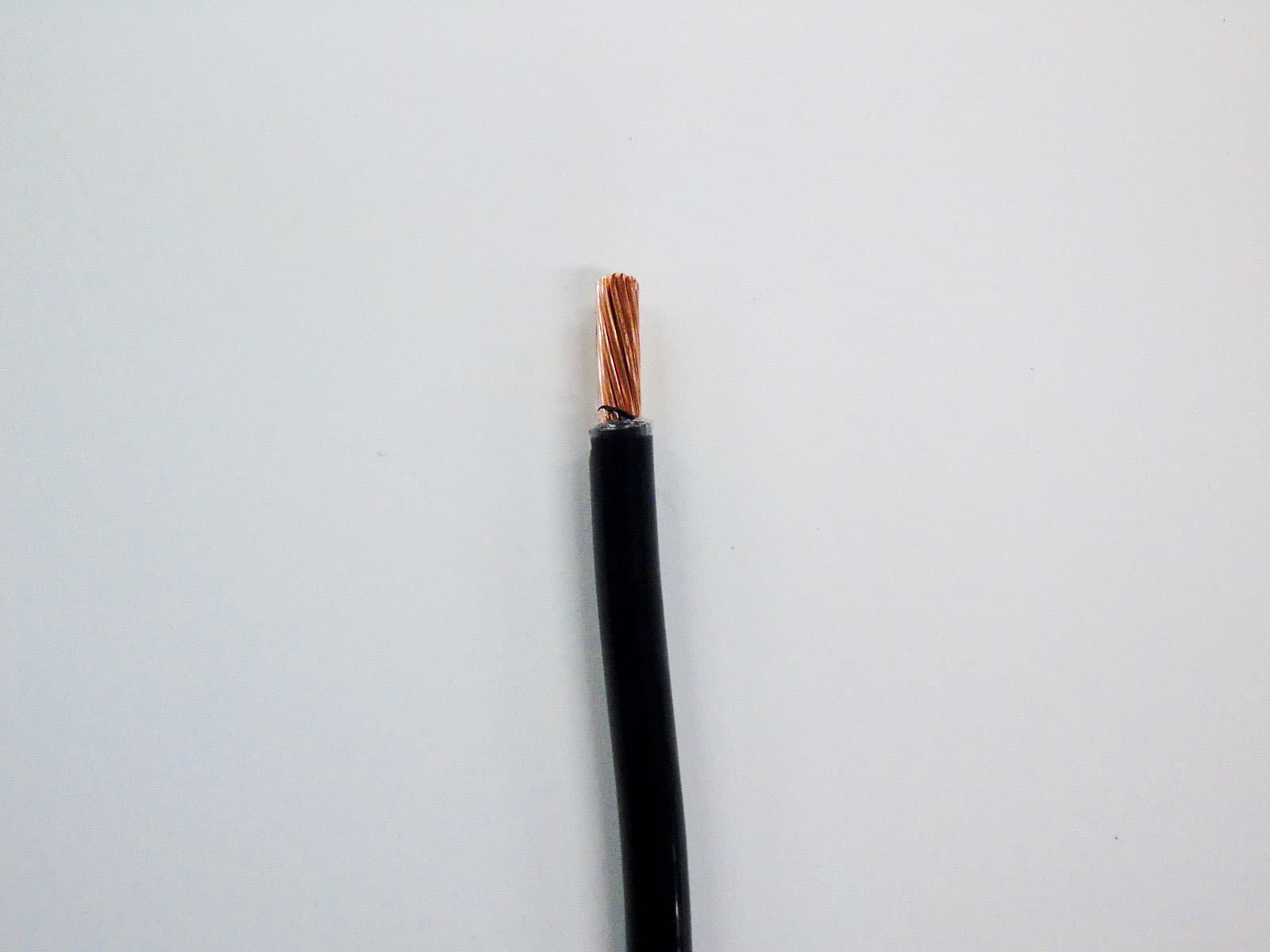
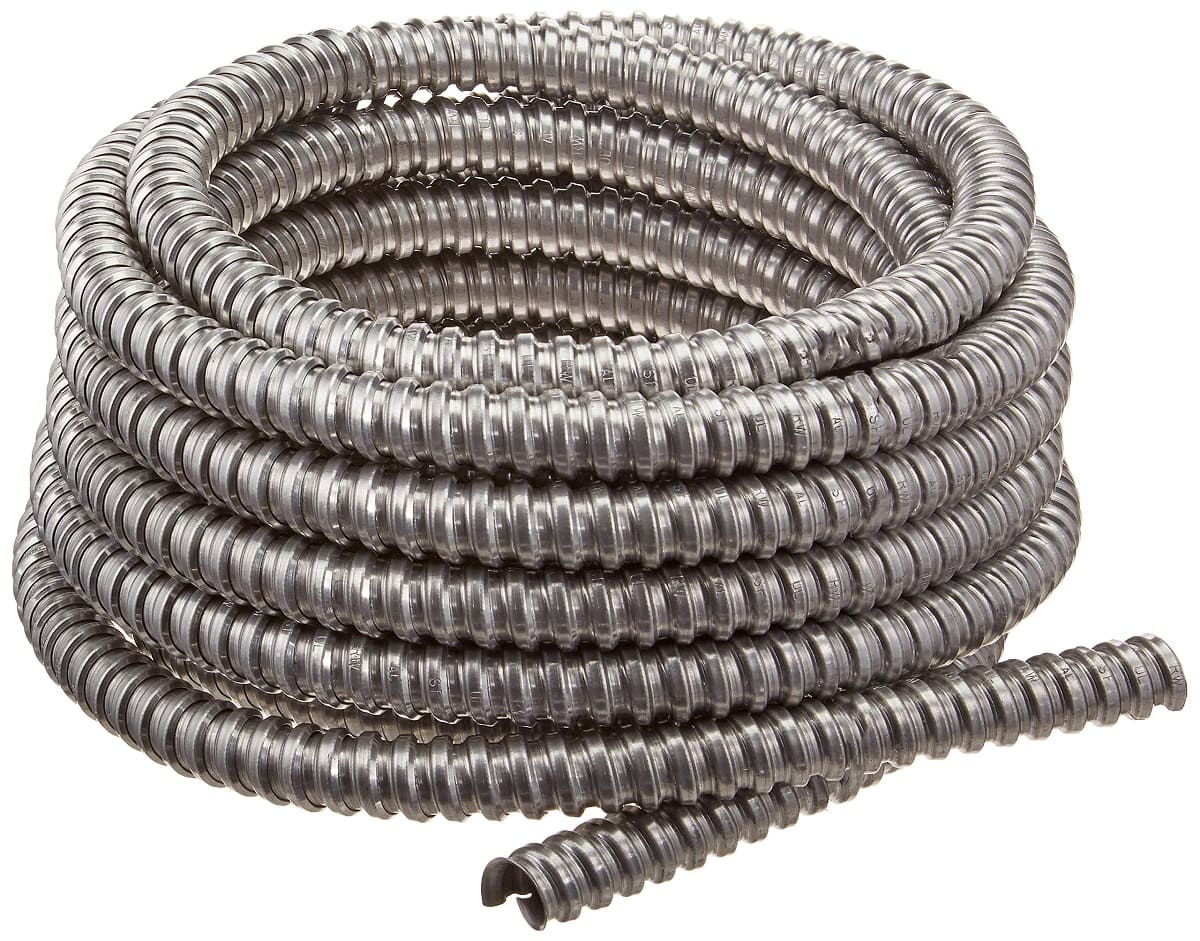
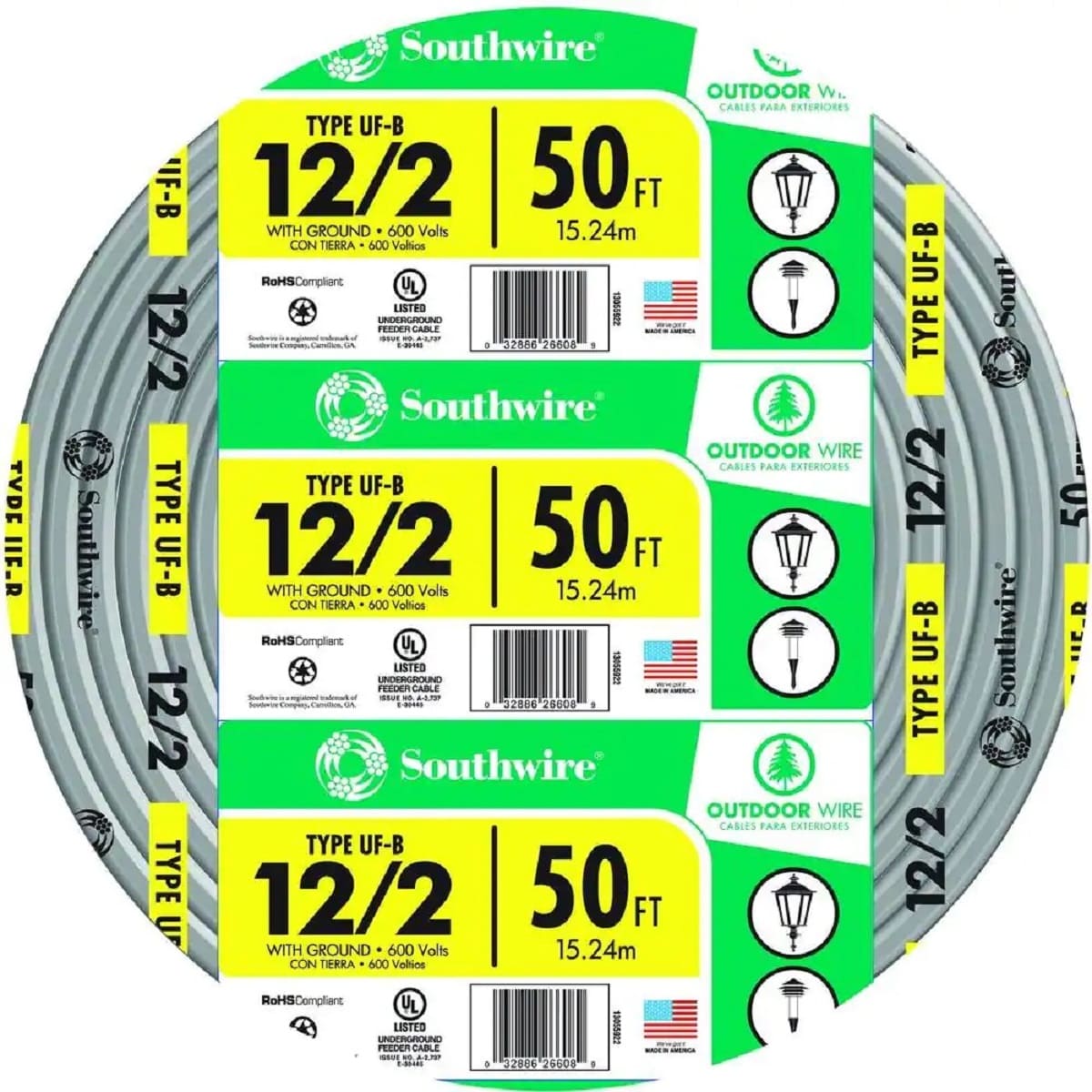
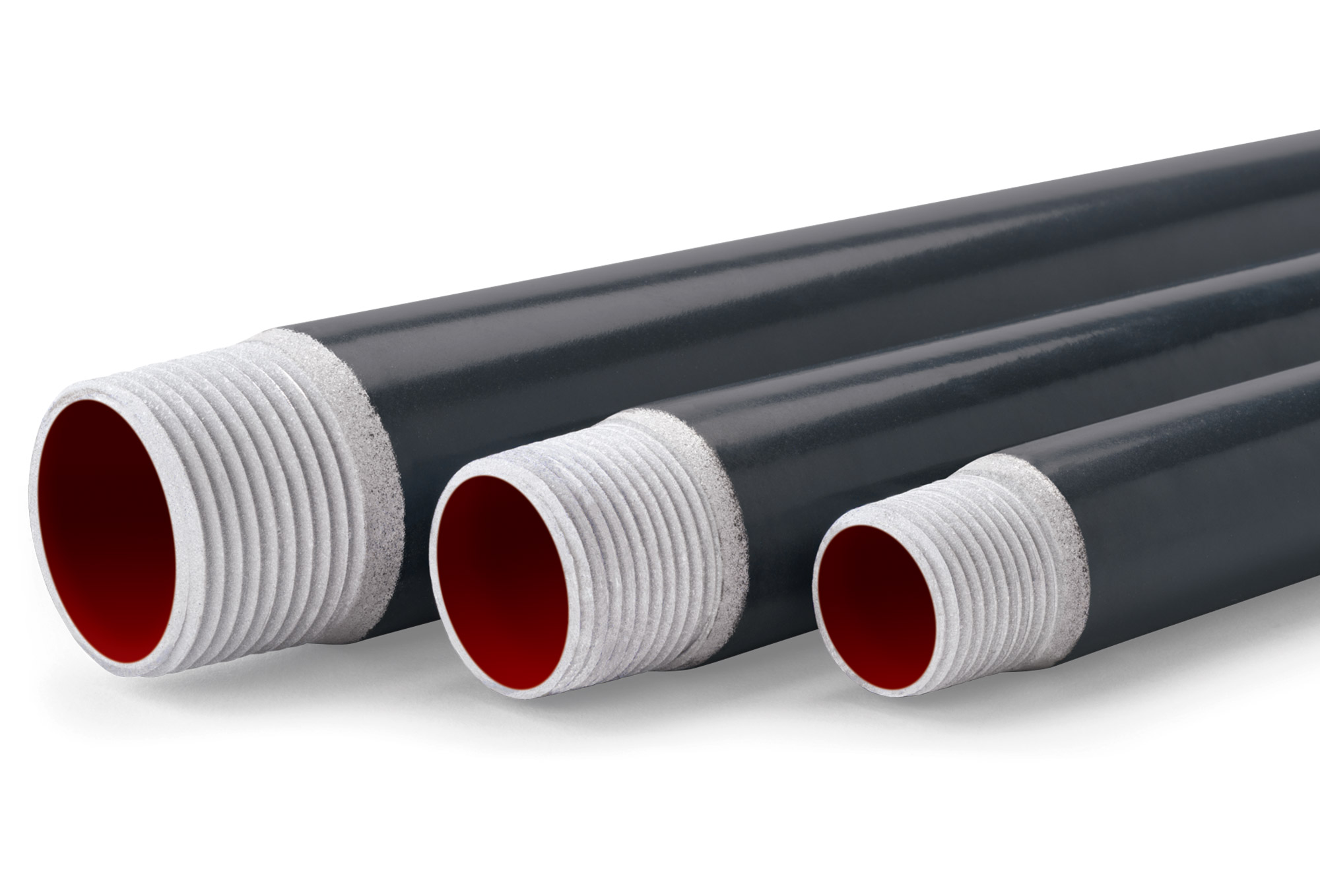





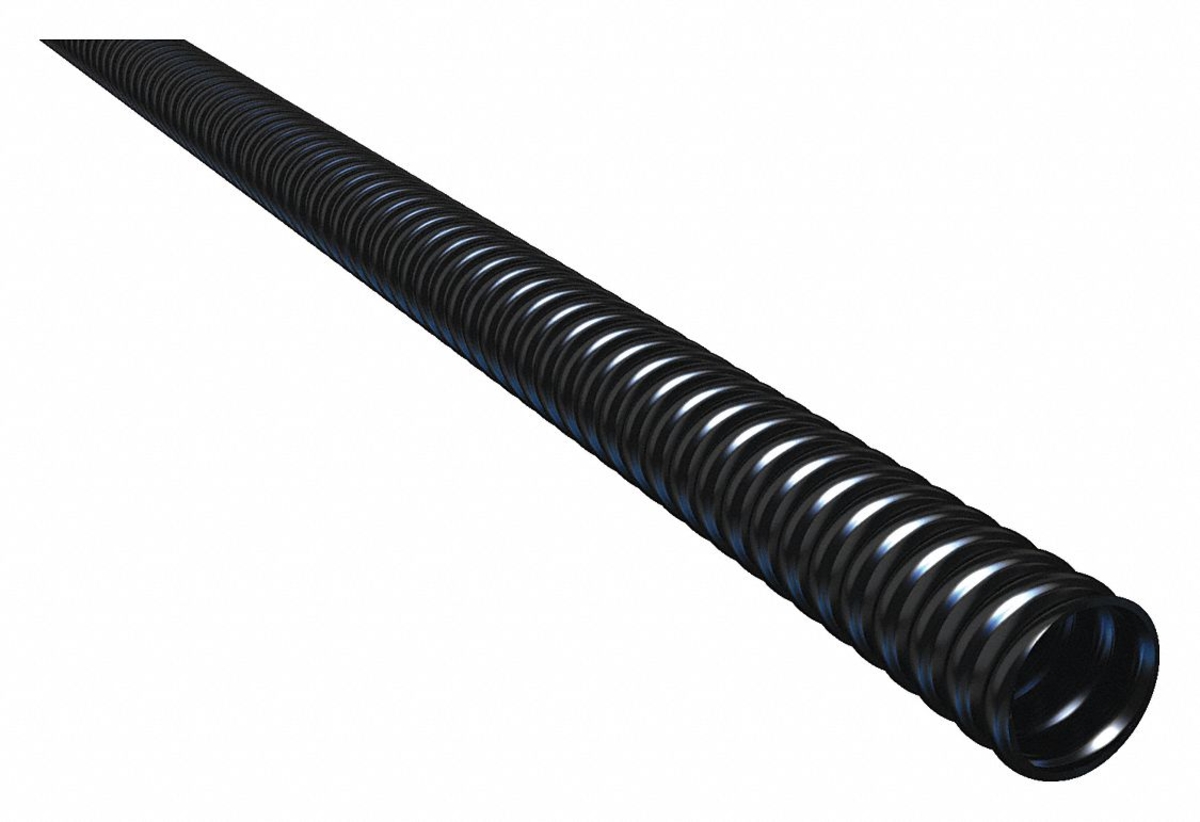
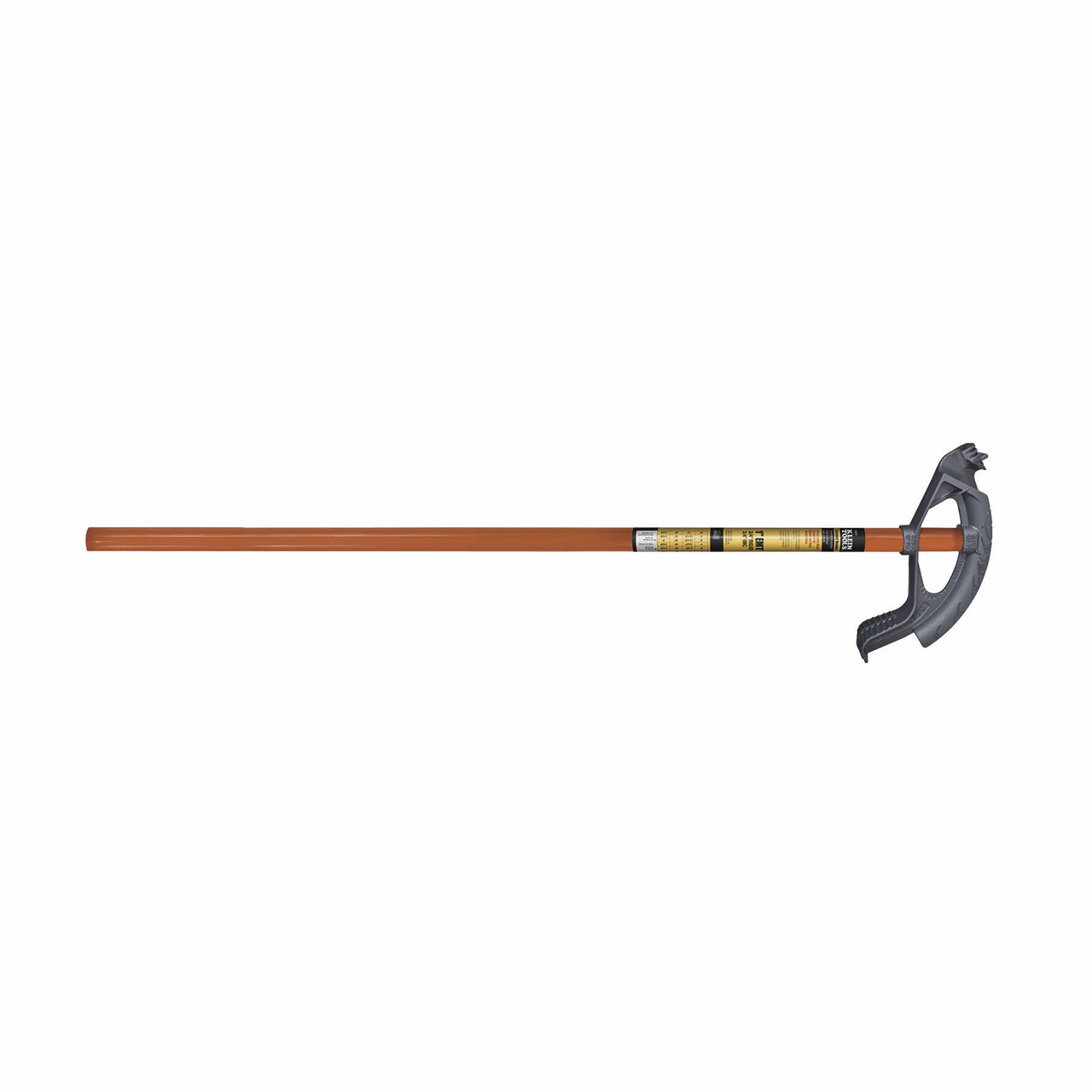
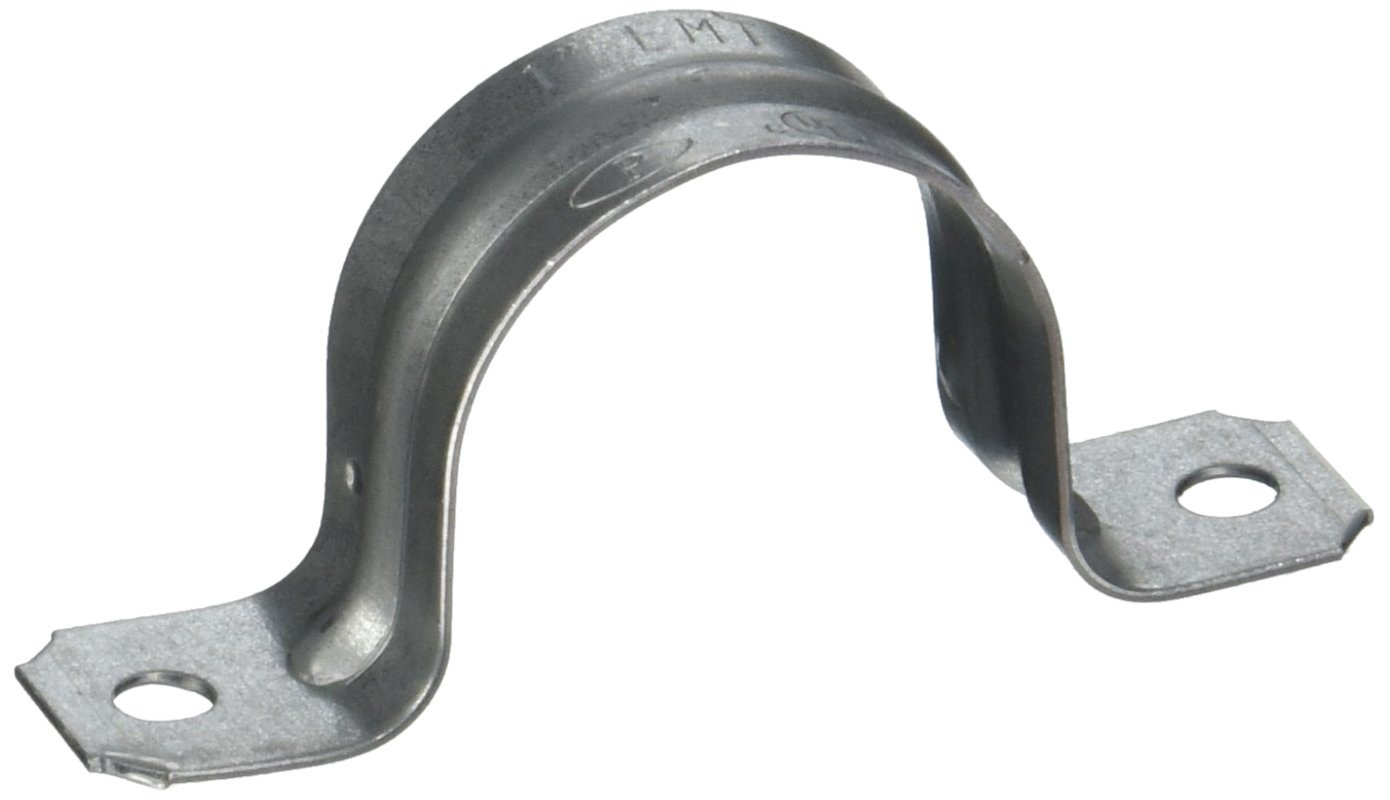
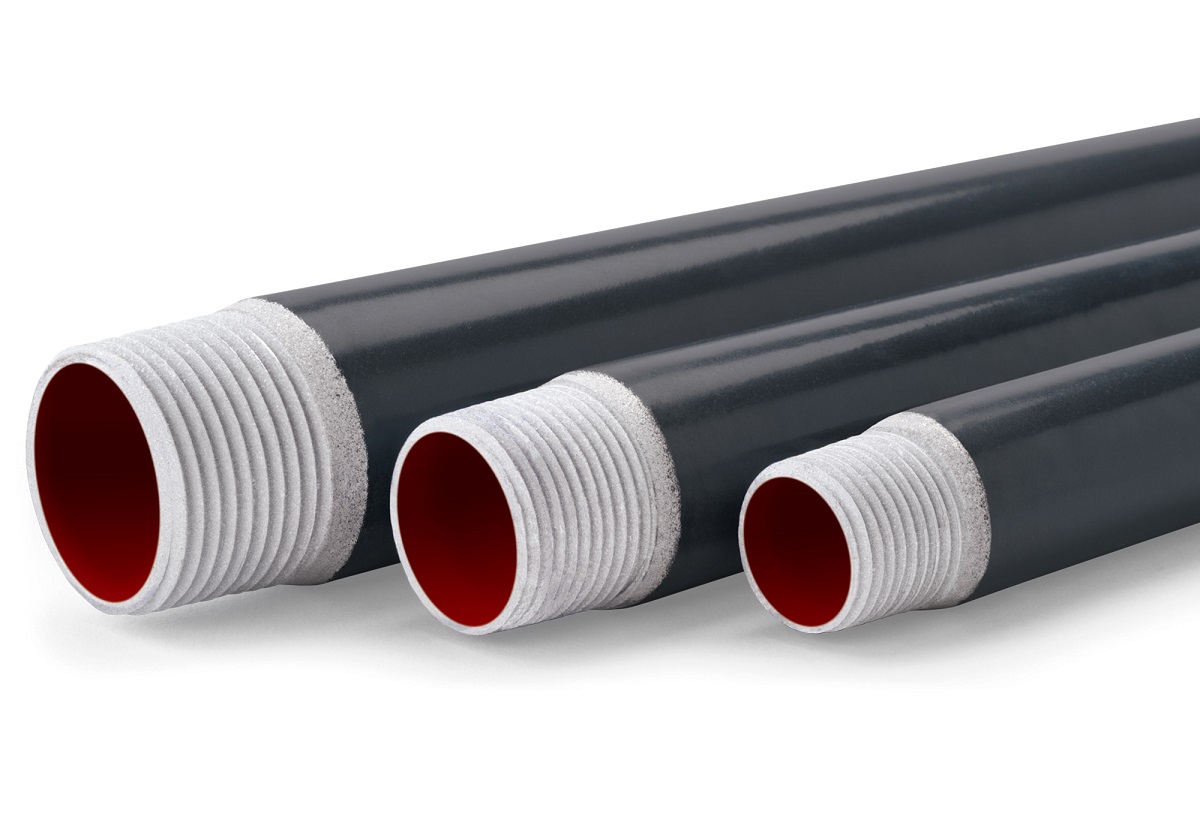
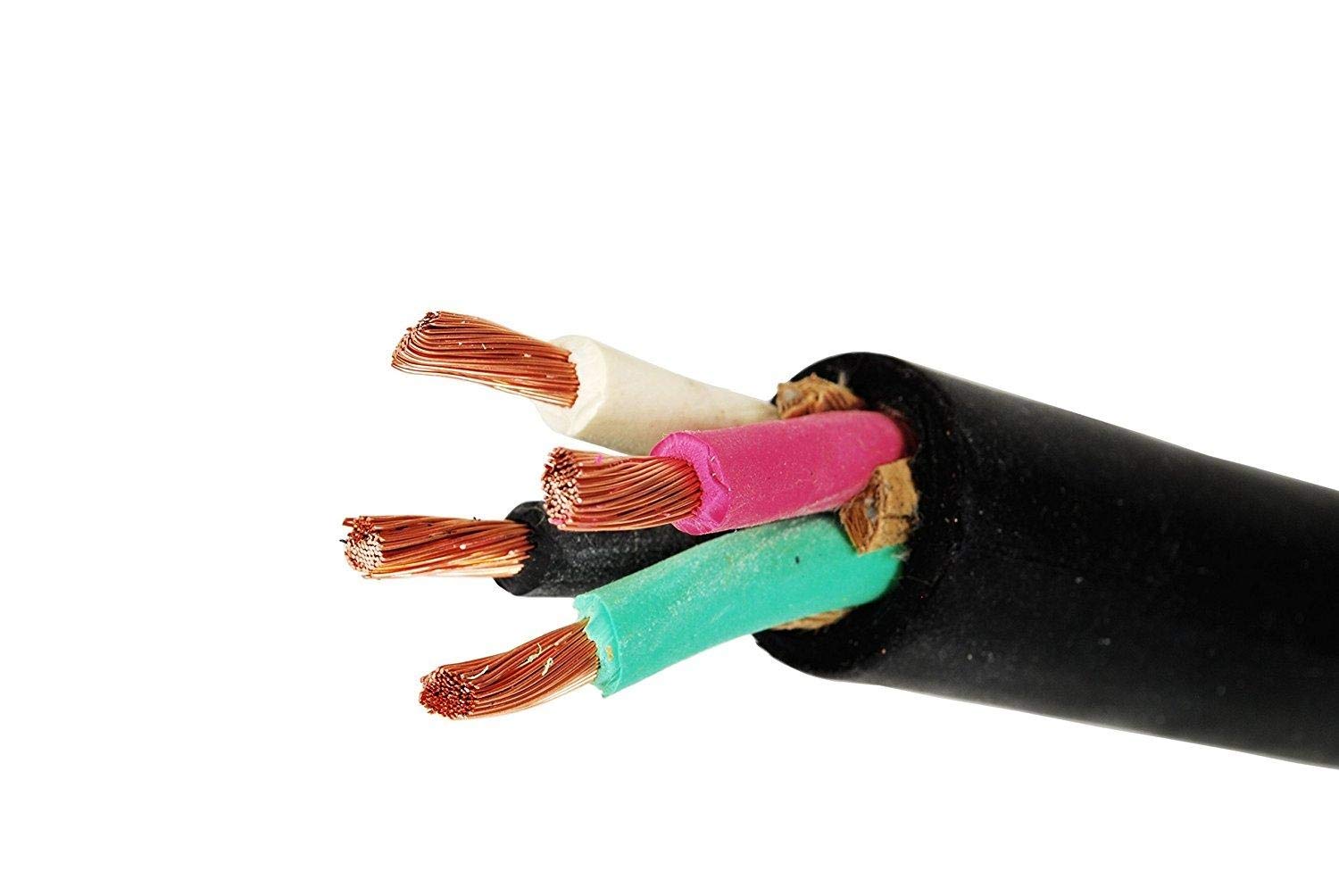

0 thoughts on “How Many #4 Wires In A 1 Inch Conduit”